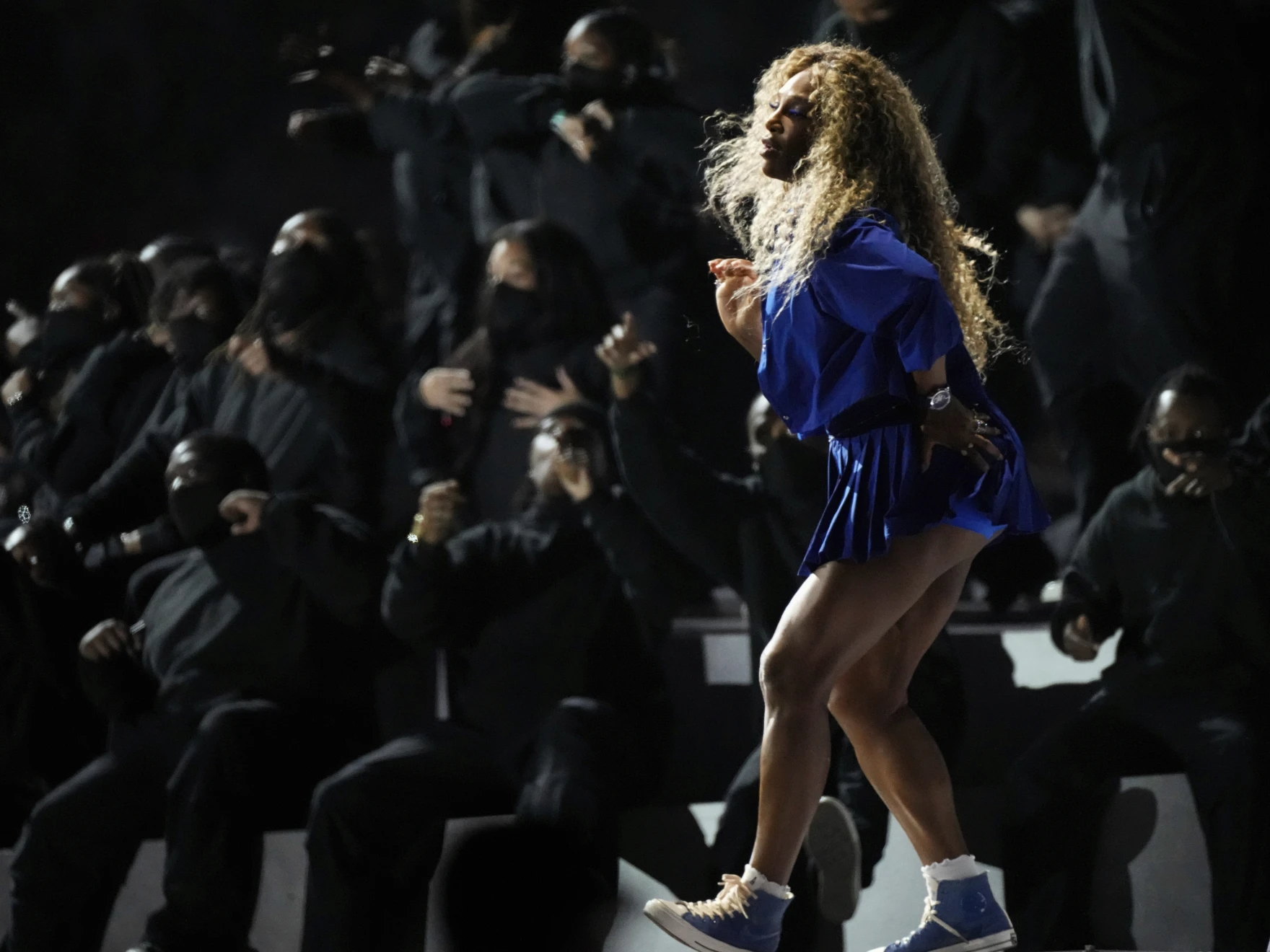Serena Williams' Crip Walk: More Than a Dance Move

Explore the cultural significance of Serena Williams' crip walk at the Super Bowl halftime show and what it means to LA and Black culture.
Tennis legend Serena Williams made headlines during the Super Bowl halftime show when she performed the crip walk alongside Kendrick Lamar's performance of "Not Like Us." This wasn't the first time Williams brought this distinctive footwork to a massive audience - she was previously criticized for doing it in 2012 after winning gold at the London Olympics and again in 2023 at Wimbledon.
What is the Crip Walk?
The crip walk, or C walk, is a dance move with deep roots in Los Angeles street culture. While there's some debate about its origins, it's most commonly associated with members of the Crips street gang in Los Angeles, who started performing the dance in the 1970s. One of the Crips' original members, Robert "Sugar Bear" Jackson, has been cited as its creator.
When performing the crip walk, a dancer hops from one foot to the other, twisting and turning the feet at angles, sometimes forming the letters C-R-I-P. The arms are usually held up and bent inward at the elbows, with the dancer sometimes throwing up gang-related hand signs.
Cultural Evolution and Significance
Over time, the crip walk has evolved beyond its gang associations to become a recognized element of hip-hop culture and dance. It has appeared in movies, music videos, and other aspects of popular culture, particularly ones centered on West Coast hip-hop.
Activist and academic Shamell Bell, a Harvard University lecturer whose doctoral research focuses on dance as grassroots political action, describes the dance as "a form of liberation" and "the embodiment of coming from South Central Los Angeles."
Controversy and Debate
The crip walk remains controversial due to its origins. Some believe that because of its beginnings in gang culture and association with violence, it shouldn't be performed as entertainment. Others argue that the dance has evolved and been repurposed as a form of cultural expression and celebration.
Bell notes three main reactions to the crip walk:
- Those who say it should only be performed by people linked to the gang
- Those who say it should never be performed in public because of its links to violence
- Those who say the dance has positive connotations, like community and connection
Serena Williams and the Super Bowl Moment
Williams' performance at the Super Bowl alongside Kendrick Lamar (who is also from Compton, like Williams) represented a powerful cultural moment. It connected her roots in Compton with her status as one of the greatest athletes of all time, while also participating in a significant moment in hip-hop culture.
The performance has been interpreted in many ways - as a celebration of Black culture, as a statement about reclaiming and transforming cultural expressions, and as part of the ongoing evolution of the crip walk from its origins to mainstream acceptance.
Learning the C-Walk
Today, the crip walk has become a popular dance move that many people learn and practice without any gang affiliations. There are countless tutorials available online, and dance instructors often incorporate the moves into their classes.
As with many elements of hip-hop culture, understanding the history and context of the crip walk is important for appreciating its significance while learning to perform it.